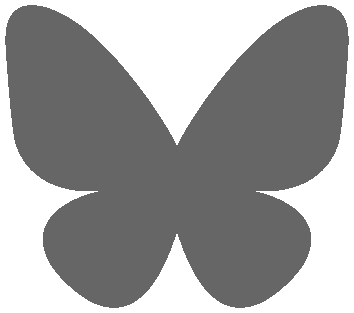Ich habe diesen Tab seit Tagen offen und bin immer noch schwer angetan von dieser Installation, die von Christopher Bauder und Robert Henke erschaffen wurde. Ihre Laser-Installation versucht, Netzwerke zu visualisieren. Wahnsinnig gut.
Deep Web is a monumental immersive audiovisual installation and live performance created by light artist Christopher Bauder and composer and musician Robert Henke. Presented in enormous pitch dark indoor spaces, Deep Web plunges the audience into a ballet of iridescent kinetic light and surround sound. The work was presented as a preview at CTM 2016 Festival Berlin and will be followed by its original presentation at the Festival of Lights Lyon in December 2016.
The generative, luminous architectural structure weaves 175 motorized spheres and 12 high power laser systems into a 25 meter wide and 10 meter high super-structure, bringing to life a luminous analogy to the nodes and connections of digital networks. Moving up and down, and choreographed and synchronized to an original multi-channel musical score by Robert Henke, the spheres are illuminated by blasts of colourful laser beams resulting in three-dimensional sculptural light drawings and arrangements in cavernous darkness.
The installation brings together decades of separate research and experimentation by two artists with unique visions and passions for sound and light, and by innovative companies working in these fields. High-end laser system manufacturer LaserAnimation Sollinger provided the technical expertise and development for this very specific spatial laser setup. The high precision motor winch systems with real time feedback and the main control software are provided by Design Studio WHITEvoid in collaboration with Kinetic Lights. This novel combination of computer controlled kinetic elements and laser systems allows for setting animated end points to normally infinite laser beams. DEEP WEB uses light as a tangible material to construct threedimensional vector drawings in thin air.
(Direktlink, via René)



